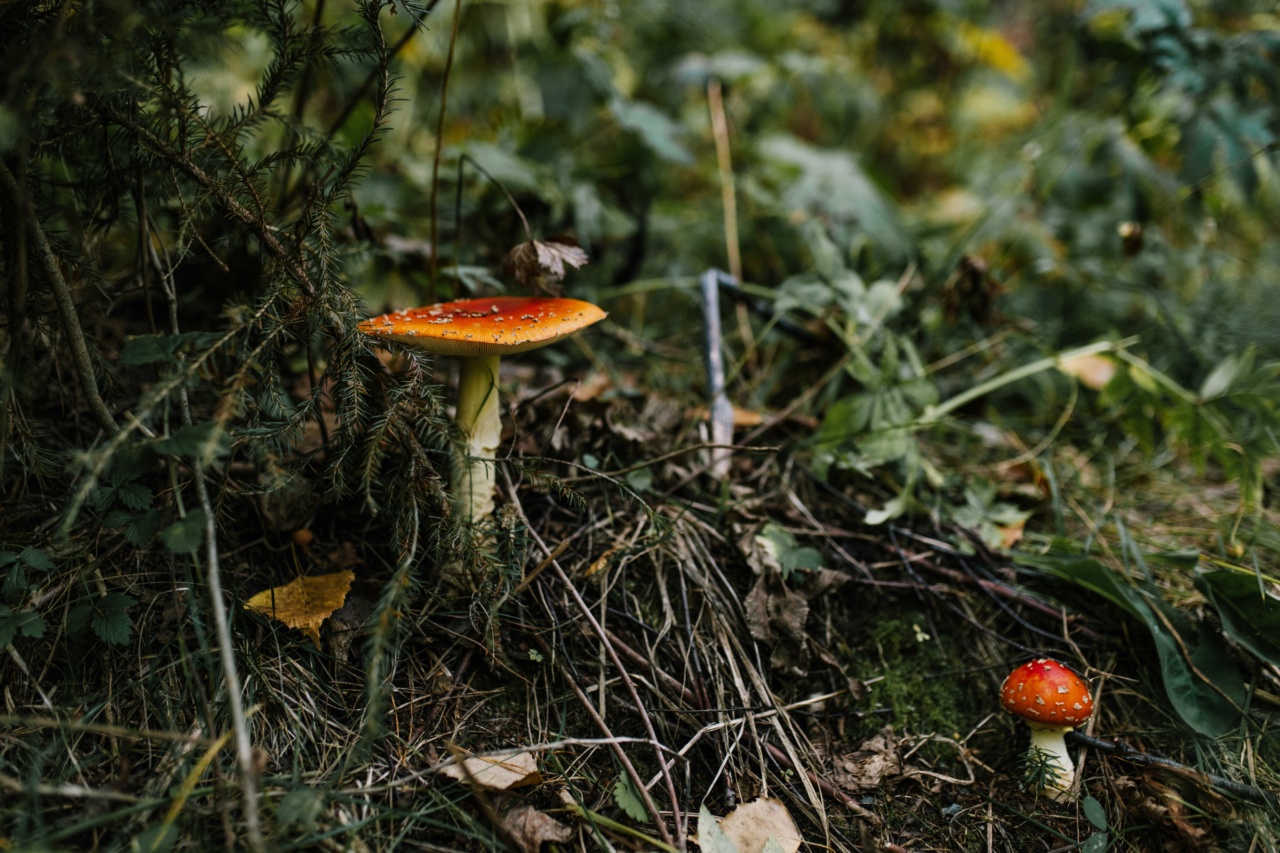Our environment is an intricate web of interconnected elements, each playing a crucial role in maintaining the delicate balance required for life to thrive.
However, in recent decades, the pervasive presence of harmful chemicals in our environment has become a growing concern. These chemicals, both synthetic and naturally occurring, pose significant risks to human health and the delicate ecosystems that support life on Earth.
Sources of Harmful Chemicals
The sources of these harmful chemicals are varied, ranging from industrial processes to everyday consumer products.
Industrial activities such as manufacturing, mining, and waste incineration release vast amounts of toxic chemicals into the air, water, and soil. These pollutants then find their way into our food chain, exposing humans and wildlife to their detrimental effects.
Additionally, chemical pesticides and fertilizers used in agriculture have become a major contributor to environmental pollution.
Their widespread use leads to contamination of soil and water bodies, posing threats to aquatic life and disrupting the delicate balance of ecosystems. Furthermore, the improper disposal of household products, pharmaceuticals, and personal care items results in the release of harmful substances into our environment.
Consequences for Human Health
The detrimental effects of these harmful chemicals on human health cannot be ignored.
Numerous studies have linked exposure to some of these substances to various health problems, including developmental disorders, reproductive issues, hormonal imbalances, and even certain types of cancer. Children and pregnant women are particularly vulnerable to the adverse effects of these chemicals, as their bodies are still developing or nurturing new life.
Certain chemicals, such as persistent organic pollutants (POPs), have the ability to accumulate in the environment and the human body over time. These substances can persist for years, traveling long distances through air and water currents.
As a result, even regions far away from industrial zones can be affected by the presence of these hazardous substances.
Environmental Impacts
The impacts of harmful chemicals extend beyond human health and encompass the environment as a whole. Pesticides and chemical fertilizers, when leached into water bodies, disrupt aquatic ecosystems and harm fish, amphibians, and other aquatic organisms.
This disruption can lead to a decline in biodiversity and even the collapse of entire ecosystems.
Furthermore, certain chemicals have been linked to the depletion of the ozone layer, contributing to climate change.
The release of greenhouse gases and other pollutants from industrial activities results in air pollution, which not only affects human health but also contributes to global warming.
Regulatory Measures and Awareness Campaigns
In an effort to tackle the problem of harmful chemicals in our environment, regulatory measures have been put in place by governments and international organizations.
These regulations seek to control the production, use, and disposal of hazardous substances to minimize their impact on human health and the environment.
Environmental awareness campaigns have also played a significant role in raising public consciousness about the dangers of harmful chemicals.
By educating individuals about the consequences of their actions and promoting sustainable alternatives, these campaigns aim to empower people to make conscious choices for a healthier environment.
Steps Towards a Safer Environment
While the problem of harmful chemicals in our environment may seem overwhelming, there are steps we can take as individuals and as a society to address this issue:.
- Reduce the use of chemical pesticides and fertilizers by adopting sustainable and organic farming practices.
- Properly dispose of household chemicals, pharmaceuticals, and personal care items to prevent their entry into the environment.
- Support stricter regulations and policies aimed at controlling the production and use of harmful chemicals.
- Promote the development and use of safer alternatives to hazardous chemicals in industrial processes and everyday products.
- Encourage scientific research on the long-term effects of chemicals and their impact on human health and the environment.
- Advocate for the protection and conservation of natural habitats to preserve biodiversity and prevent further environmental degradation.
- Invest in green technologies and renewable energy sources to reduce reliance on polluting industries.
- Engage in community initiatives and volunteer for environmental organizations working towards clean and healthy environments.
- Educate ourselves and others about the risks posed by harmful chemicals and the importance of sustainable practices.
- Support and participate in initiatives that promote environmental stewardship and responsible consumption.
Conclusion
The pervasive presence of harmful chemicals in our environment poses significant risks to both human health and the delicate ecosystems that support life on Earth.
The sources of these chemicals are diverse and complex, requiring systematic efforts to address this issue. While regulatory measures and awareness campaigns play a crucial role, individual actions and collective responsibility are equally essential in creating a safer environment for present and future generations.
By making conscious choices, supporting sustainable alternatives, and advocating for change, we can collectively work towards reducing the prevalence of harmful chemicals and safeguarding our environment for a healthier and more sustainable future.































